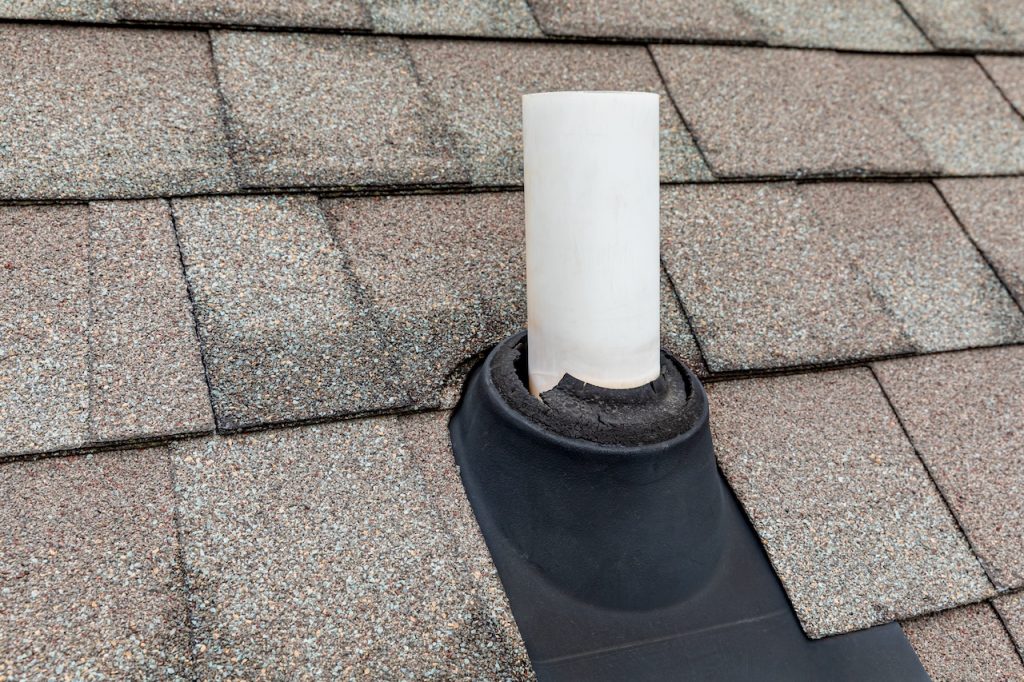This guide will cover how to repair a plumbing vent to prevent sewer gas from entering your home. Sewer gas can be hazardous and unpleasant, so ensuring your vent pipes are functioning correctly is crucial. We’ll walk you through the inspection and repair process, ensuring your home remains safe and odor-free.
Understanding Plumbing Vents

Plumbing vents allow sewer gases to escape safely outside of your home.
Plumbing vents, also known as vent stacks or pipes, play a vital role in your home’s plumbing system. They allow sewer gases to escape and provide the necessary air pressure to facilitate proper drainage. When these vents are compromised, it can lead to sewer gas backups, causing foul odors and potential health hazards.
Signs of a Problematic Plumbing Vent
Before diving into how to repair a plumbing vent, it’s important to recognize the signs indicating a problem. Here are some common symptoms:
- Persistent foul odors near drains or in certain rooms
- Gurgling sounds from the drains
- Slow drainage or frequent clogs
- Sewer gas smell coming from the roof vent
How to Inspect Your Plumbing Vents

Plumbing vents are typically located on the roofs of homes, away from windows, to ensure fumes exit the home completely.
- Visual Inspection: Begin by checking the vent pipe on your roof. Look for any apparent blockages, such as debris, leaves, or bird nests. Ensure the vent cap is intact and not obstructed.
- Listen for Sounds: Run water in various fixtures and listen for gurgling sounds. This can indicate a venting issue.
- Check for Odors: If you smell sewer gas inside your home, it may be due to a blocked or damaged vent pipe.
How to Repair a Plumbing Vent
- Clearing Blockages
Tools Needed:
- Ladder
- Flashlight
- Garden hose
- Plumbing snake (if necessary)
Steps:
- Safely use a ladder to access the roof vent.
- Shine a flashlight into the vent to check for blockages.
- Remove any visible debris using your hands or a garden hose.
- If the blockage is deeper, use a plumbing snake to clear it.

Use a pipe cutter to cut and remove the damaged section.
- Fixing Damaged Pipes
Tools Needed:
- Pipe cutter or hacksaw
- Replacement pipe
- Pipe connectors
- Pipe sealant
Steps:
- Identify the damaged section of the vent pipe.
- Use a pipe cutter or hacksaw to remove the damaged section.
- Replace it with a new pipe section, using connectors and pipe sealant to secure it.
- Ensure all connections are tight and sealed properly.
- Sealing Leaks
Tools Needed:
- Leak sealant or plumber’s tape
- Adjustable wrench
Steps:
- Identify any leaks in the vent pipe.
- Apply leak sealant or wrap plumber tape around the leaking area.
- Tighten any loose connections with an adjustable wrench.
Preventive Maintenance Tips
- Regularly inspect your plumbing vents for blockages or damage.
- Install vent caps to prevent debris and animals from entering.
- Schedule annual professional inspections to ensure your plumbing system is in top condition.
Call PuroClean Restoration Services for Professional Sewage Cleanup
Knowing how to repair a plumbing vent is essential for maintaining a healthy and odor-free home. Regular inspections and timely repairs prevent sewer gas problems and ensure your plumbing system functions correctly.
If you’re unsure about how to repair a plumbing vent or if the problem persists despite your efforts, it’s time to call in a professional. PuroClean Emergency Restoration Services offers expert biohazard and sewage cleanup services in Metro-East Illinois and St. Louis. Our experienced team can address sewer gas issues and ensure your home is safe and clean. If you need professional assistance, don’t hesitate to contact PuroClean Emergency Restoration Services at (618) 206-7055 for reliable and efficient solutions.

 PuroClean Emergency Restoration Services
PuroClean Emergency Restoration Services